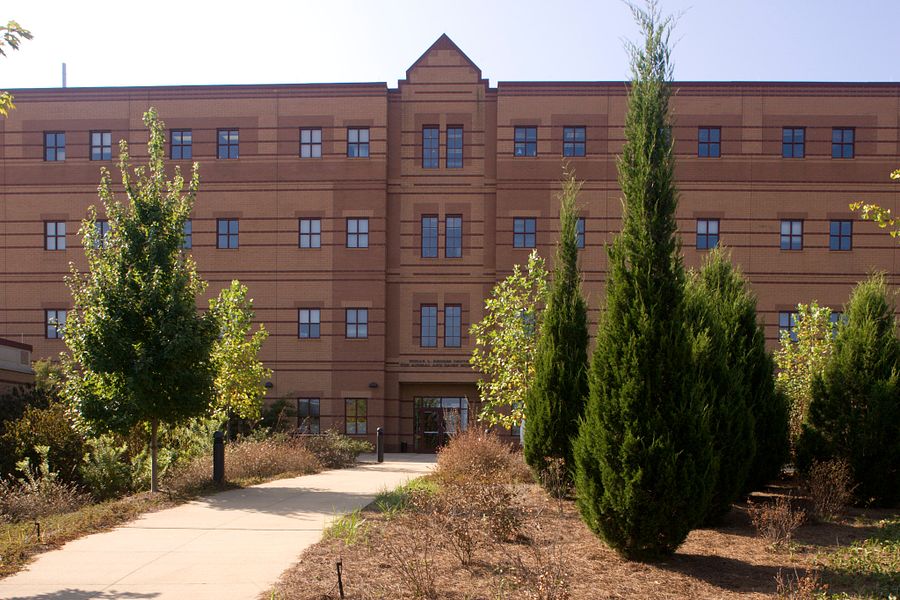By Sharon Dowdy
University of Georgia
Wood-chewers
Unlike termites, carpenter ants don’t eat wood. They chew it. “They expand it into a nest gallery that looks like Swiss cheese,” Suiter said. “Then they live in the galleries.” Carpenter ants are big and black and live mostly in trees, he said. In the Northeast, carpenter ants destroy more wood than termites. Based on the UGA Griffin, Ga., campus, Suiter and CAES genetic entomologist Tracie Jenkins test baits designed to kill the ants. They are monitoring 20 sites in the local city park because the hardwood trees there replicate those found in a typical suburban neighborhood. They monitor the test sites at night when the ants forage for food.Huge and nocturnal
“During the day, they live up in the leaves and in hollowed-out tree holes and knotholes,” Jenkins said. “At night, they come down, and you can literally see the well-worn foraging trails they habitually use.” Ant samples are taken from the park back to the laboratory where Jenkins uses DNA biotechnology to determine the ants’ lineage or family relationships, which form colony structure. “We assume each colony has a single queen, so knowing the queen’s maternal fingerprint will help us track her progenies’ movements,” she said. “The winged ants are the ones that mate. We’ve discovered colonies that are physically far apart can actually be descended from the same female queen.” Once a colony’s genetic structure and movements are known, Suiter and Jenkins can develop management strategies and determine which baits are effective.Families don't fight
To find out if colonies are related, Suiter said, you can also do what he calls “ant behavioral studies.” He places ants from different sites in a Petri dish. The ants that fight each other are not related. “The ants have colony-specific smells on their bodies,” Suiter said. Ants pick fights by using their antennae to spar, he said. Then it gets aggressive. “They grab each other by a leg, and one will take another’s leg off,” he said. “Then they lock jaws and do a circle-dance.”Deadly acid
Then somebody brings out the heavy artillery. “Carpenter ants can spray formic acid,” Suiter said. “So, the first one to turn around and spray formic acid is the winner. It’s like getting a face full of tear gas, and they have to be very irritated to do it.” After six months have passed, Suiter and Jenkins will return to the test sites at the park. If they find ants, they will again take samples and run DNA analyses to determine if the ants are from the same colony that initially occupied the site. “We want to eliminate the ants in a colony by using the baits, then go back and see if the ants that come back are from the same colony,” he said. “To truly know how well the baits work, we have to know if the same colony of ants or a different colony move in after we eliminate the first colony.” To see carpenter ants, go outside after 9 p.m. armed with a flash light. “You may see a couple in the daytime, but you’ll see hundreds if not thousands at night,” Suiter said.





